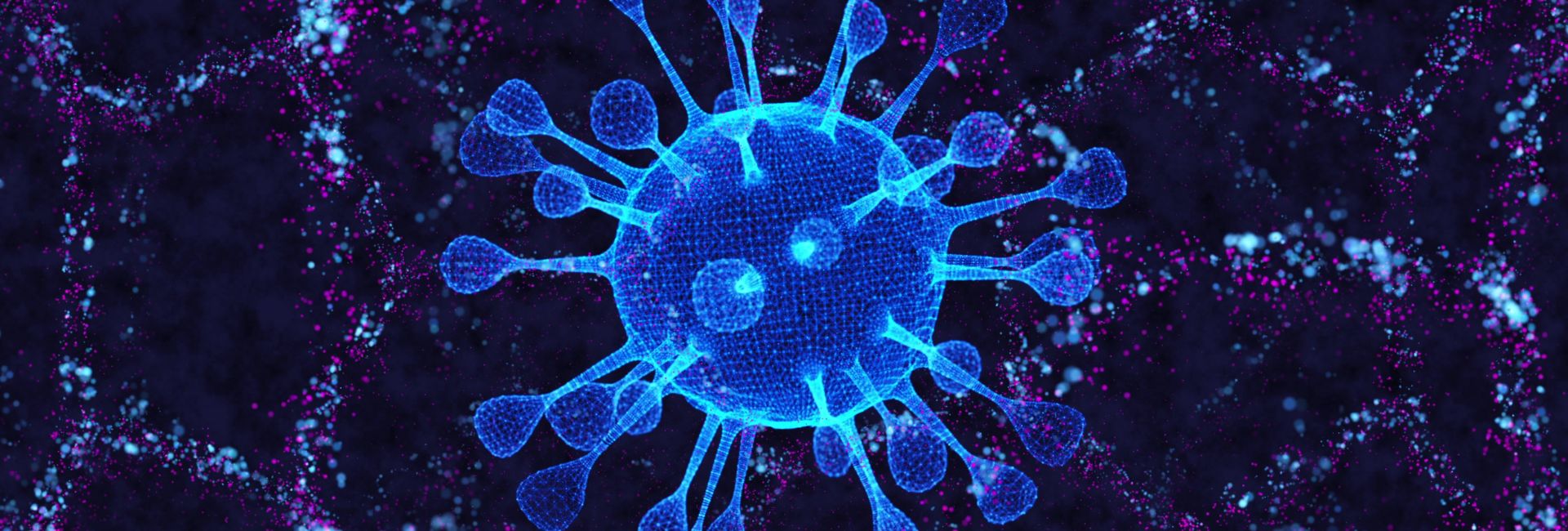What is Ultraviolet (UVC) Lighting?
In General UV light radiation which comes naturally from the sun only able to reach earth and humans via UV-B and UV-A wavelength spectrums. The radiation from sun does not reach the earth’s surface due to blockage by ozone layer in our earth's atmosphere. Ultraviolet lighting is invisible to the human eye and is also referred to as UV or Germicidal. It has a range of wavelength spectrums which are usually characterized as UVA, UVB, and UVC.
UVC light has a range within 100-280nm wavelength. This type of wavelength spectrum (commonly referred to 254nm UVC is the most powerful wavelength used in air, water, and surface sterilization) The most common UV lamps are low pressure ones (L) and have a range of emission at 254nm. These lamps are extremely effective in breaking down the DNA of micro-organisms, parasites, virus, mold, bacteria. The breaking down of DNA causes these parasites to unable to replicate and reproduce. UV Lamps with 254nm is ideal way to disinfectant air, water, and surface applications. UV Lamps have been used for nearly 50 years to help fight the spread of bacteria, and viruses, and truly helping to fight against SAR-CoV-2 virus epidemic in the world of 2020. UVC radiation can only inactivate the DNA of a virus, parasite, or bacteria of any kind if the virus is directly exposed to the UVC light radiation. UVC Technology is commonly used inside air ducts in residential and commercial setups to disinfect the air in homes and offices. This is by far the safest way to use and deploy UVC lamps technology to avoid exposure to humans, skin and eyes.
UV Radiation Class
Wavelength Range
UVA
315-400nm longest wavelength
UVB
280-315nm second shortest wavelength
UVC
100-280nm shortest wavelength of the three forms of UV
